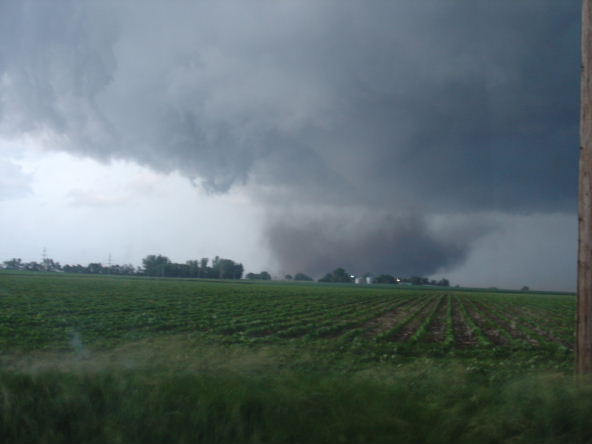With Nebraska Tornado Awareness week taking place at the end of March and the beginning of tornado season at hand (in 2014 the first tornado spotted was on April 27th), it seemed timely to share some Nebraska Tornado Facts.
1) The most deadly tornado to occur in Nebraska happened on Easter Sunday in 1913:

On Easter Sunday 1913 a series of tornadoes followed by flooding struck the midwest US. The most notable tornado of the series is an F4 (possibly F5) tornado that crossed Omaha, skirting the downtown area. The tornado caused 103 deaths and 305 injuries.
62 years later (in 1975) another F4 tornado would strike Omaha, causing only 3 deaths (but is estimated as the 3rd most costly tornado in American history).
2) 2004 was the year with most identified tornadoes in Nebraska:
In 2004 there were 111 tornadoes identified in Nebraska, 66 of them in May. Among them is the F4 tornado that destroyed 95% of Hallam, Nebraska, which was the largest tornado on record until 2013.


3) The Nebraska county experiencing the most tornadoes per sq.mi. is Hall, County:
It’s well known that Grand Island sees a large number of tornadoes. Grand Island is the county seat of Hall county, the Nebraska county to have had the highest tornado density since 1950. Hall county has experienced more than 5 times more tornadoes than either Douglas or Sarpy counties in the last 65 years.

4) Over 50% of Nebraska tornadoes happen between 4PM and 8PM:
Most tornadoes happen between 4 and 8 in the afternoon/evening in Nebraska. About 1 in 6 tornadoes happen in the 5 o’clock hour, during one of the heaviest traffic times of the day.

5) Nebraska is 5th Nationwide in tornado occurrence:
Nebraska ranks 5th in number of tornadoes but only ranks 23rd in fatalities and 24th in injuries when looking at data from 1950-1994. The low injury rate is certainly influenced by Nebraska’s low population density, but can also be owed to improved severe weather preparedness, such as building construction and early warning systems.

I hope you enjoyed the quick tornado facts, and have a safe and fun tornado season.


